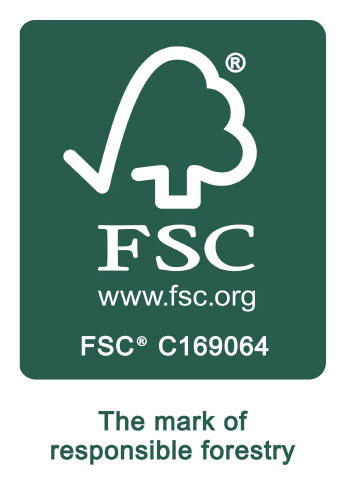As we draw to the end of Recycle Week, this article explores how environmental icons on packaging helps shoppers make informed choices.
There is growing consumer interest in the environment. As a result, many companies are jumping on the ‘green’ bandwagon, making all manner of claims about their products and packaging. How do we spot the difference between brands which are making genuine steps towards reducing their impact and those who are simply ‘greenwashing’?
Recycled Packaging Materials
When it comes to packaging, some materials are known to be produced using recycled materials. They are also easy for consumers to recycle in their household bins. These sustainable packaging materials include glass bottles, tin cans and cardboard boxes. A growing number of companies are taking action to reduce packaging waste and are selecting these trusted packaging materials, or no packaging at all.
The packaging material most under fire is single-use plastic. There has been no shortage of images of beaches, seas and scenic spots being ruined by plastic waste.
Things are seldom black and white; this is the case for plastic packaging. Some plastic is made from recycled materials and widely recycled. In other cases what appears to be plastic is actually formed from organic substances, which bio-degradable in home composting bins. As consumers, how can we tell the difference?
Recycled Plastic Rating
A new scheme has just been launched to help combat the uncertainty. The Recycled Plastic Rating (RPR) is a clear labelling system that identified how much recycled plastic has been used in the item of packaging. Consumers can then compare labels and make an informed decision about their purchases.
We are getting used to seeing recycling information on packaging. It helps us to put waste in the right bins. The RPR focuses not on our actions as consumers, but on the process that the brand has used to make the packaging.
A present this is a voluntary scheme, with Belu bottled water being one of the first to sign up. The people behind the scheme are hoping that the Government will put pressure on the food and beverage industry to ensure many more get involved. They are also in discussion with a number of retailers, including Iceland and Waitrose to look at simplifying and standardising eco-labelling on all packaging.
Tesco’s has also announced that packaging has now become a consideration in their decisions about what products to stock. They are also partnering with TerraCycle to launch a Loop deposit return scheme in some stores, where reusable packaging will become more of a viable option.
It may be taking time for change to filter through to the supermarket shelves, but the message is being heard and consumer influence is powerful.
Growing Interest in What we Consume and How it is Packaged
Research suggests that shoppers are taking a greater interest in what they buy. The approach is less automatic and more considered. Going completely plastic-free still remains an almost impossible challenge for most, but eco-labelling and public awareness has encouraged more of us to make a few a conscious effort to our environmental impact.
In the future, the role of packaging could become ever more prevalent. Do you welcome additional labelling to help you make informed environmental purchasing decisions?
